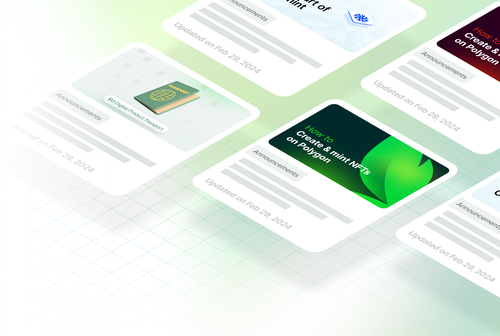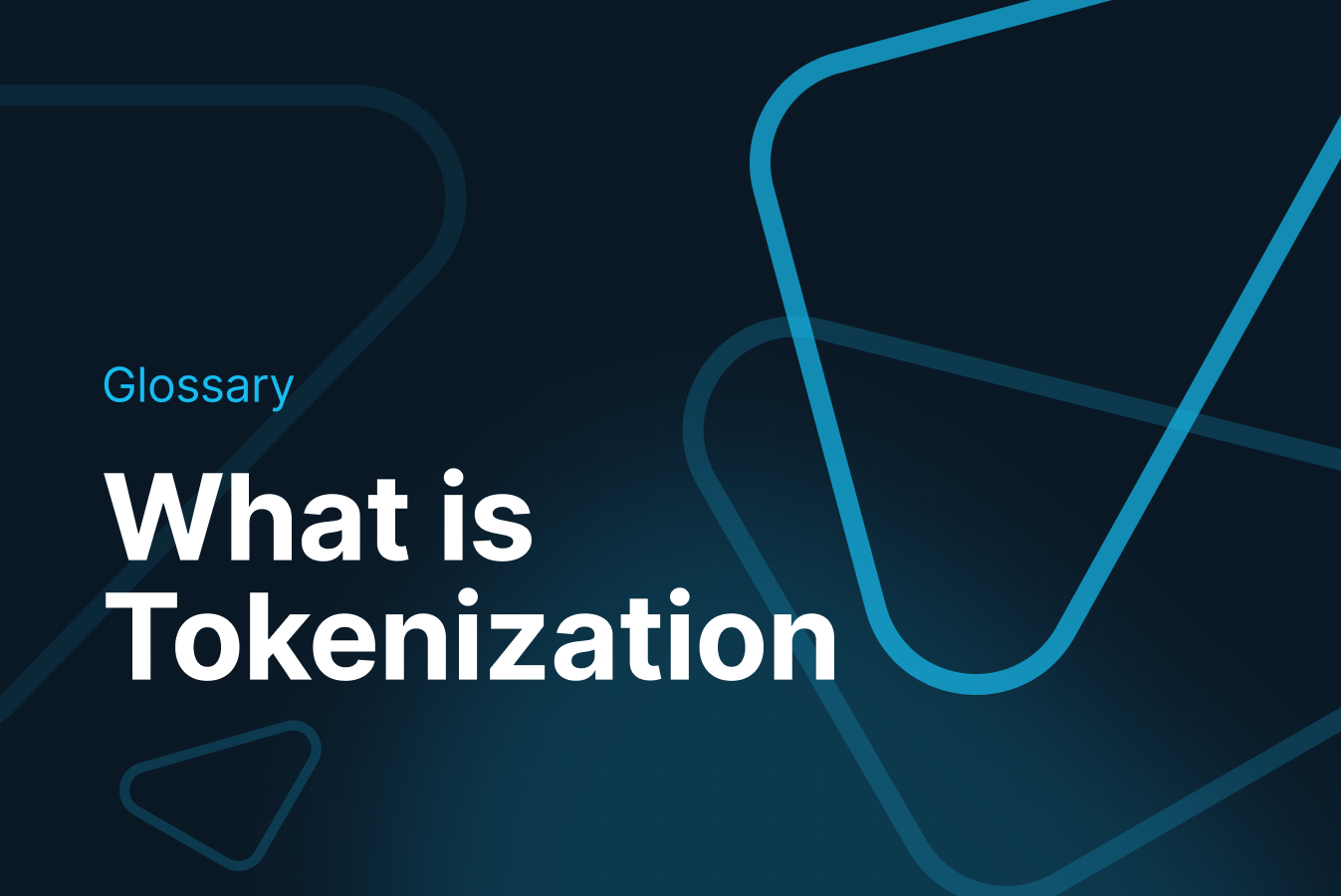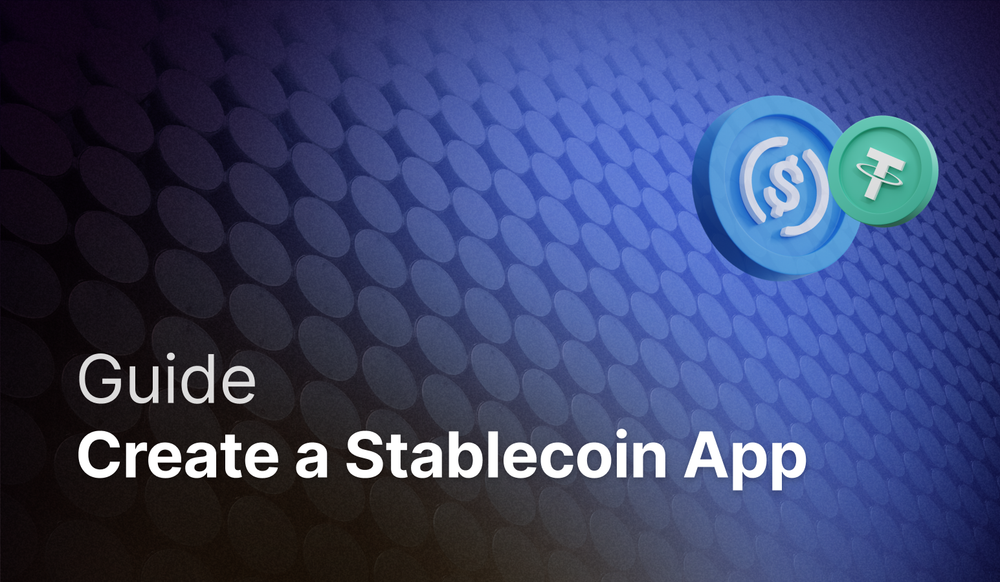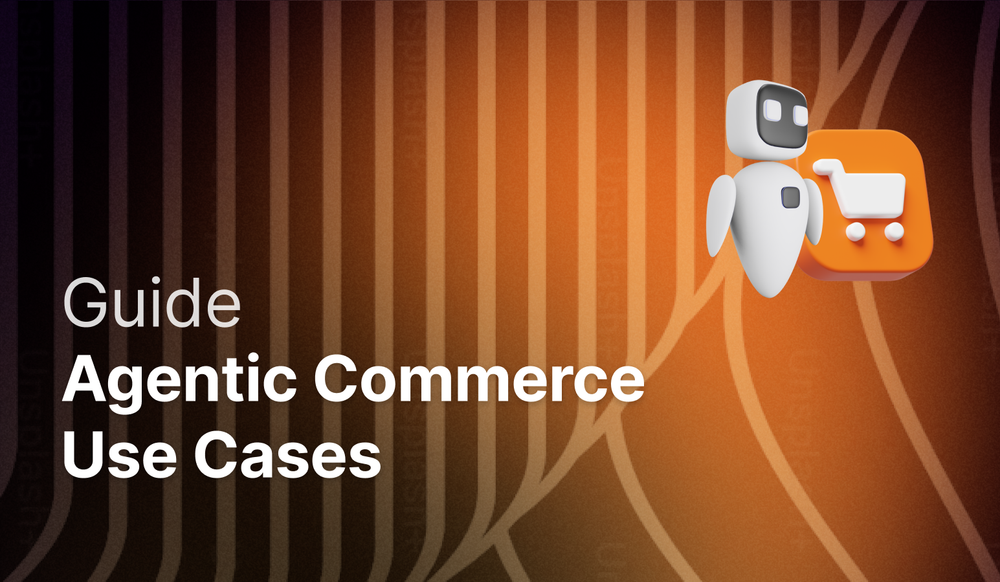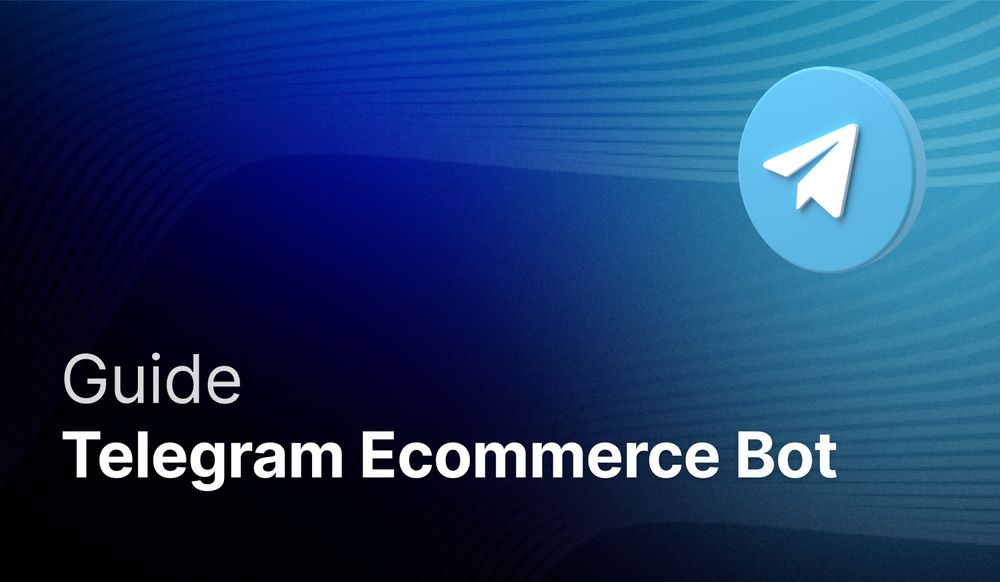Tokenization is a cutting-edge technology that is revolutionizing the way we think about asset ownership and transactions in the digital age.
At its core, tokenization involves converting rights to an asset into a digital token on a blockchain. These tokens can represent real-world assets such as real estate, artwork, company shares, or even intangible assets like intellectual property rights.
By leveraging blockchain technology, tokenization offers a secure, transparent, and efficient way to manage and trade assets in a decentralized manner.
Tokenization vs Encryption: Clarifying the Context
Tokenization in the context of blockchain and digital assets is distinct from its use in data security.
While both tokenization and encryption serve to protect information, the tokenization we discuss here involves converting ownership or rights of real-world assets into digital tokens on a blockchain, rather than replacing sensitive data with non-sensitive placeholders.
Encryption scrambles data to protect it during transfer or storage, requiring a key to decrypt, whereas tokenization in digital assets creates a secure, digital representation of an asset for trading and investment on blockchain platforms.
This form of tokenization expands the possibilities for asset management and investment, transcending traditional data protection methods.
Understanding Tokenization
The process of tokenization transforms the value of an asset into a digital token that can be divided, bought, sold, and traded on digital platforms. This digitization of assets simplifies transactions, enhances liquidity, and makes assets accessible to a wider range of investors.
Each token is a digital representation of ownership or rights to the underlying asset, governed by smart contracts on the blockchain. These smart contracts define the rules and protocols of the token, including ownership, transferability, and how transactions are recorded and verified on the blockchain.
What is Tokenization in Blockchain?
Tokenization on the blockchain is the innovative process of turning the rights to an asset into a digital token. This method leverages the security and transparency of blockchain technology to facilitate the ownership, sale, and transfer of assets in a decentralized manner. By digitizing assets into tokens, it streamlines transactions, increases liquidity, and broadens investment opportunities in real-world assets through digital channels.
Benefits of Tokenization
- Increased Liquidity: Tokenization divides assets into smaller, more affordable units, making it easier for investors to buy and sell portions of assets. This increases the liquidity of assets that are traditionally illiquid, such as real estate or fine art. This concept is often referred to as fractionalization.
- Enhanced Transparency: The blockchain provides a transparent and immutable record of all transactions, ensuring that the ownership and history of each tokenized asset are easily verifiable and free from disputes.
- Improved Security: By using blockchain technology, tokenization reduces the risk of fraud and unauthorized transactions. Smart contracts automate the execution of transactions, minimizing human error and enhancing security.
- Global Access: Tokenization opens up markets to a global audience, allowing investors from around the world to participate in asset markets previously inaccessible due to geographic or regulatory barriers.
- Efficiency and Cost Reduction: Blockchain technology streamlines transactions, reducing the need for intermediaries, and in turn, lowering transaction costs and processing times.
Tokenization Use Cases
As we delve into the diverse use cases of tokenization, it's clear that the digital transformation of ownership and transactions is just beginning. Real world asset tokenization is not only a concept but a reality, with practical applications across various sectors.
Here, we explore how tokenization is reshaping industries by providing innovative solutions for ownership, investment, and asset management.
- Real Estate: Tokenizing property allows investors to purchase shares in real estate assets, making property investment more accessible and divisible.
- Art and Collectibles: Tokenization can democratize investment in art and collectibles, allowing multiple investors to own a piece of a single valuable asset.
- Financial Securities: Stocks, bonds, and other financial instruments can be tokenized, providing a more efficient and transparent way to trade these assets.
- Identity Verification: Tokenization can provide a secure and efficient means of managing digital identities, with applications in online verification and access control.
- Supply Chain Management: Tokenizing products and components in supply chains can improve tracking, authenticity verification, and transaction efficiency between parties.
Tokenization Challenges and Considerations
While the benefits of tokenization are vast, the journey towards widespread adoption is not without its hurdles.
Key challenges include navigating the complex web of regulatory compliance across different jurisdictions, the need for interoperability among blockchain platforms, and ensuring robust security measures to protect tokenized assets. However, the rise of the Non-Fungible Token (NFT) standard offers valuable insights and solutions to these challenges.
NFTs: Pioneers in the Tokenization Space
The NFT standard, which has gained significant attention in the digital art and collectibles market, demonstrates a successful model of asset tokenization.
NFTs represent a unique or limited set of assets on the blockchain, providing a blueprint for tokenizing a wide array of assets in a secure and verifiable manner. Their success highlights the potential for similar standards to facilitate the tokenization of other asset classes, addressing concerns related to asset uniqueness, ownership rights, and transferability.
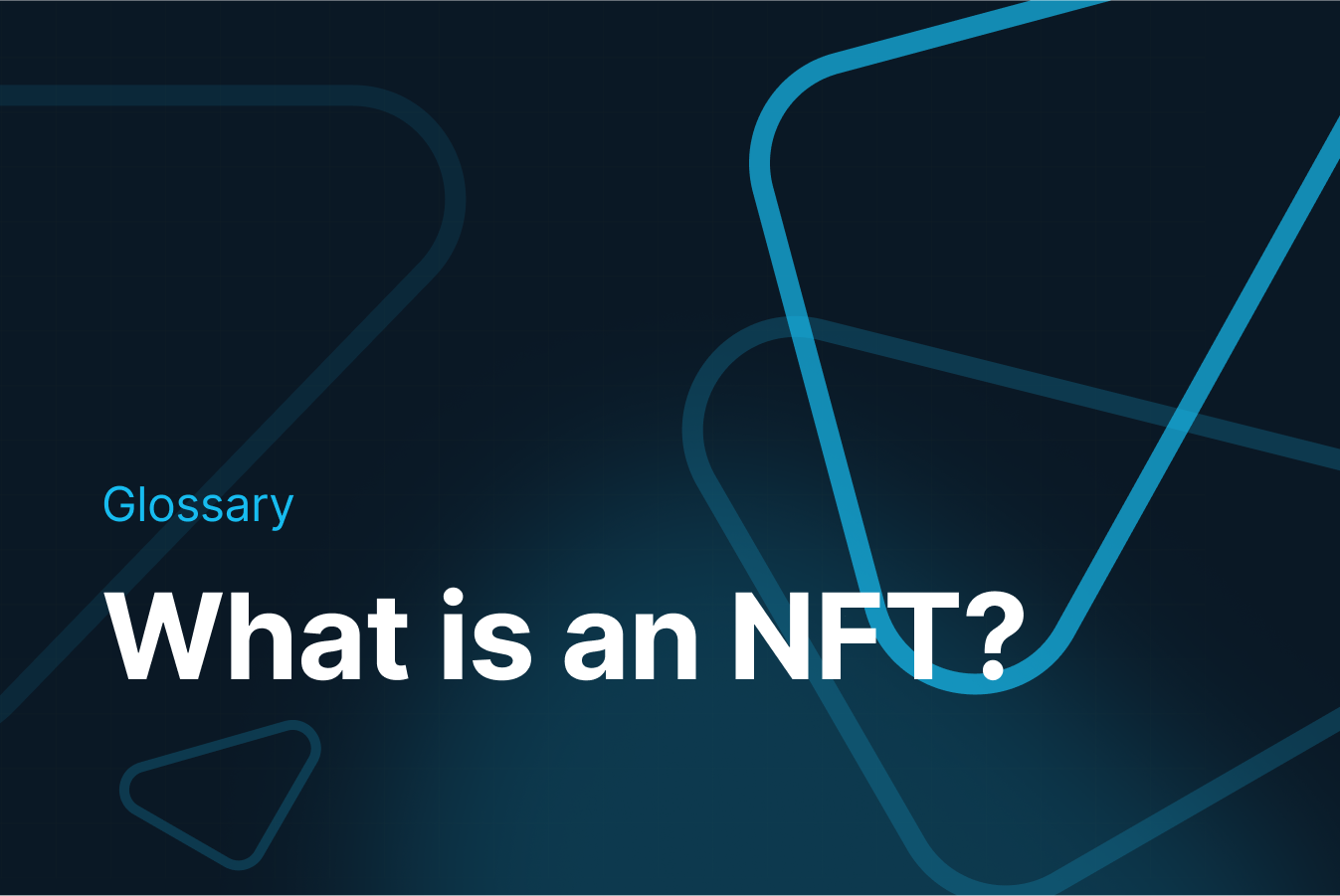
Leveraging NFT Principles for Broader Tokenization Efforts
The principles underlying NFTs, including the ability to demonstrate provenance, ensure authenticity, and facilitate direct transactions between parties, can be adapted to broader tokenization initiatives.
For instance, applying NFT-like standards to real estate or financial securities could significantly reduce fraud, enhance market efficiency, and streamline transactions. Furthermore, the existing infrastructure and market acceptance of NFTs offer a solid foundation for developing and adopting tokenization standards that can cater to a wide range of assets.
Regulatory and Security Considerations
The emergence of NFTs has also sparked important conversations around regulatory compliance and security in the tokenization space.
As regulators begin to understand and address the nuances of NFTs and tokenized assets, clearer guidelines and frameworks are expected to emerge. This will likely facilitate the adoption of tokenization technologies while ensuring the protection of investors and the integrity of the markets.
Moreover, the security protocols established for NFT transactions can serve as a model for safeguarding tokenized assets against threats, thereby enhancing investor confidence.
Conclusion
As the tokenization landscape continues to evolve, leveraging the insights from NFT standards and the broader potential of blockchain technology is essential. Through these advancements, we at Crossmint are not just participants but active contributors to this evolution. Our tokenization platform is at the heart of making tokenization accessible, secure, and efficient for everyone, from creators to investors.
By simplifying the complexities of blockchain technology and providing a seamless gateway to tokenization, Crossmint is dedicated to empowering users to unlock the full potential of their digital and real-world assets.
As we move forward, our commitment remains firm: to drive innovation and accessibility in the tokenization space, ensuring that the transformative power of this technology benefits as many people as possible.



